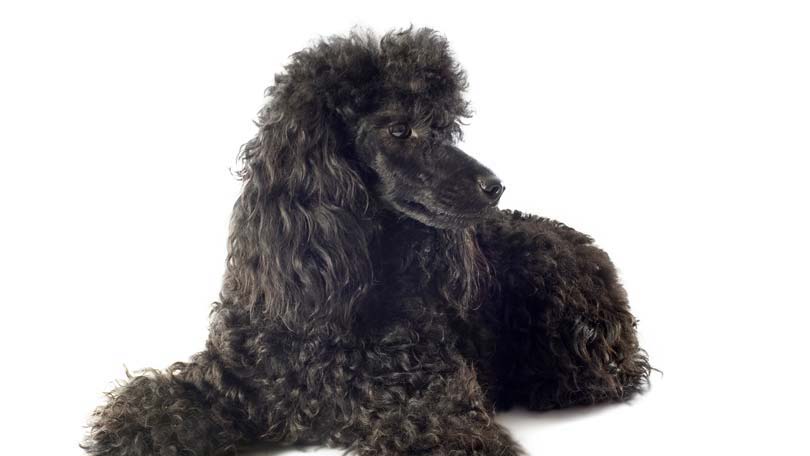
Guaranteed, the biggest bag of dog food costs less per pound or serving – its one of life’s little truisms that you can count on to never change. And because of the lower cost per serving guarantee, you are always drawn to that forty pound bag of food knowing that inside there is a few dollars to be saved. The problem is, your dog only ways five pounds and buying a bag of food that weighs eight times his body weight seems a little crazy – how long will it take him to eat an entire forty pound bag of food and will it still be fresh when he finally reaches the bottom?
There are approximately 160 cups of kibble in a forty pound bag and a five pound dog eats maybe half a cup per meal depending on the caloric density of the food. That means the 160 cups of dog food will last approximately 160 days or five months and ten days.
Dog food manufacturers claim their food can stay fresh for up to six months in the original bag because of the antioxidants and preservatives that remain in the plastic of the inner liner. This makes sense and they do state that to maintain optimal freshness, keep the kibble in the bag and seal it as best as possible. However, if you have a fussy eater, it is best to package that 40 lb bag of dog food into five 8 lb parcels and put it in the freezer. Kibble freshness lasts much longer and your dog’s enjoyment over his dinner will remain the same throughout the entire bag. As food gets old, the scent dissipates and is no longer quite as exciting as it was when the bag was new making many dogs turn their nose up at it. Freezing it retains much of the original scent and most dogs do not get put off by the less-then-stinky kibble in their food dish. Ziploc bags work great in the freezer and an airtight container replaces the inner lining of the original dog food bag for maintaining freshness once it is out of the freezer.
What about canned food? How long does it last? That depends on what the best before date is on the side of the tin. Tinned food lasts a lot longer then kibble and in some cases, almost indefinitely. Buying canned pet food in case lot sales is an advantageous way to save a few dollars and rarely would there be a concern over the food going bad before it is eaten.
Once a tin of food is opened though, refrigerate the remainder and plan on finishing it up in two to three days at most. Keep in mind it can also be affected by odors in the fridge that your pet may find unappealing so a well-sealing lid is a must as is making sure it stays moist. Adding a teaspoon of water is always a good idea and your dog will consider it ‘gravy’ so no need to worry about it lowering the ‘yummy’ factor.
Hard biscuits like Milk Bones, Cheese Hearts and Liver Hearts do not go bad but they do turn stale. These too can be purchased in bulk and tossed in the freezer to keep fresh. Often they are kept on the counter in a dish or something open so they are easily within reach but a sealed container keeps them fresh longer.
Soft treats such as Rollover should be refrigerated but products like Pupperoni or Jerky Treats can be stored elsewhere. These products are dosed with preservatives and have a long shelf life. If in doubt, read the label and if it states that the product should be kept refrigerated then it is strongly recommended that you do so to protect your pet’s health as well as your own when handling them.
Common sense is the most important part of figuring out how to store your pet’s dinner. If it looks like it could go bad or stale, seal it up. If it looks like something that needs to be put in the refrigerator then do so (although we recommend putting it in a Ziploc bag if it is stinky so the smells cannot adversely affect Sunday’s roast beef dinner).
If ever you feel a product has gone bad or is adversely affecting the health of your pet, do not hesitate to take it back to the store for a full refund or call the number provided on the packaging to talk to the manufacturer about the side effects of their food. If your pet becomes ill, make sure you contact your veterinarian immediately.
Buy big and save a few dollars but store it safely when you get home – your pet’s health depends on it!
